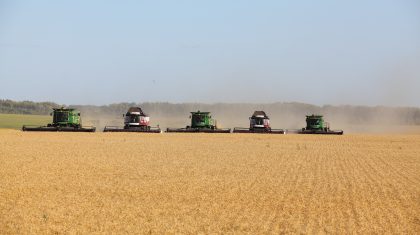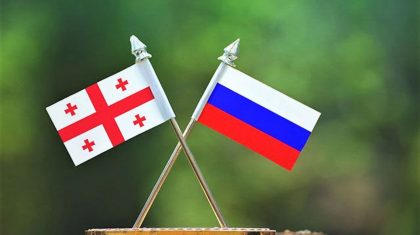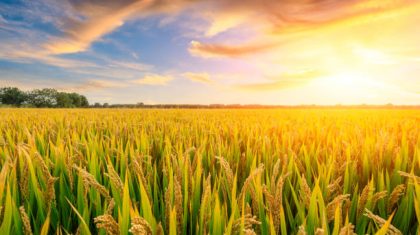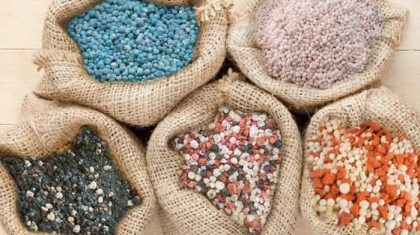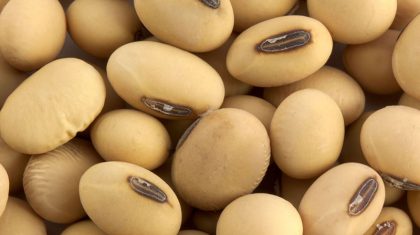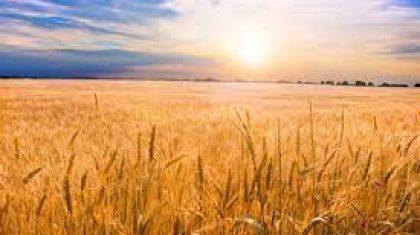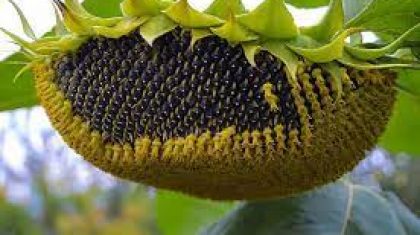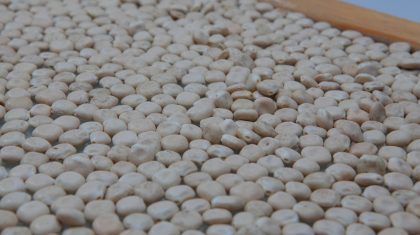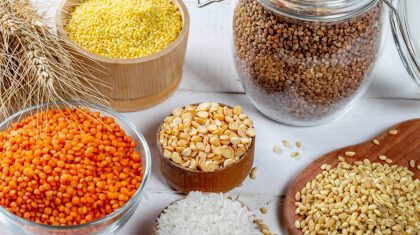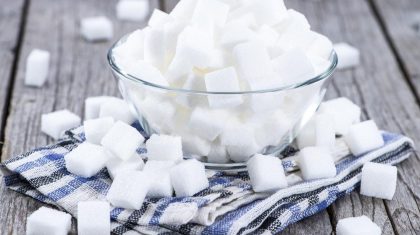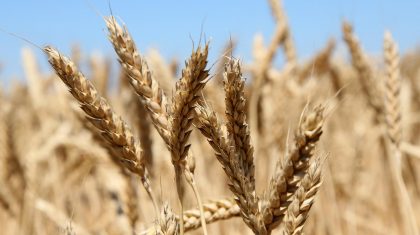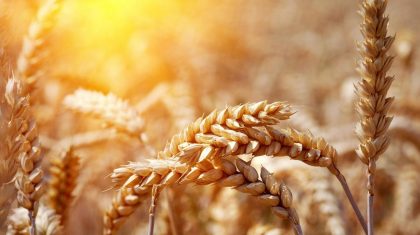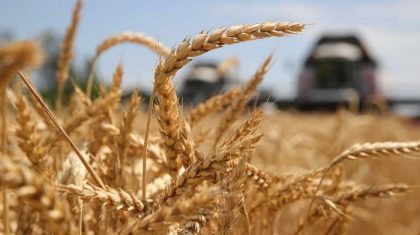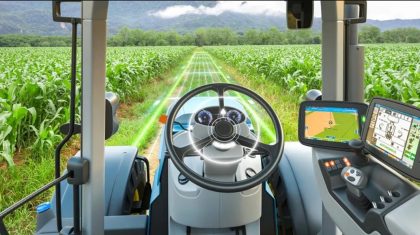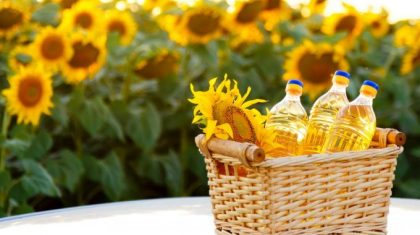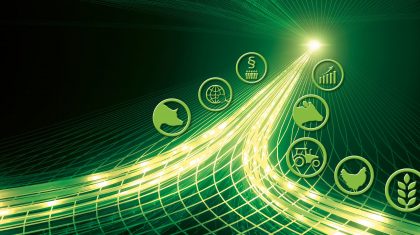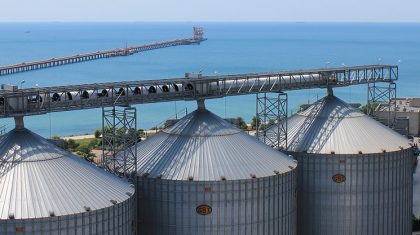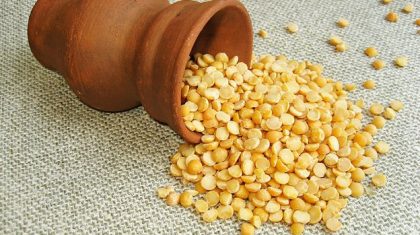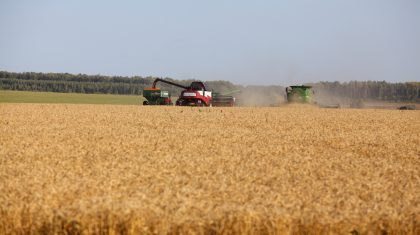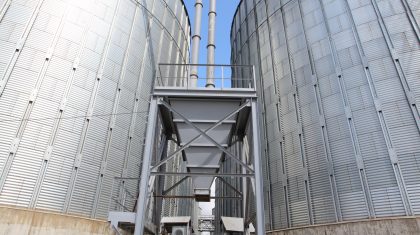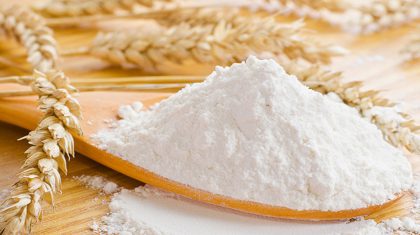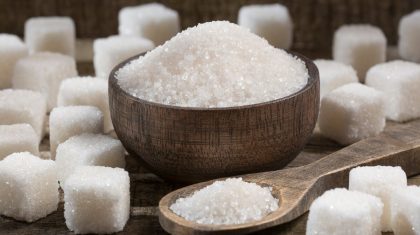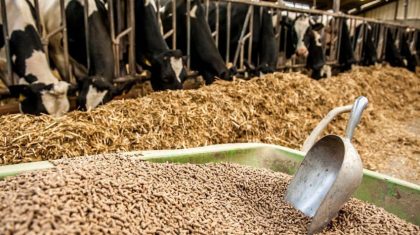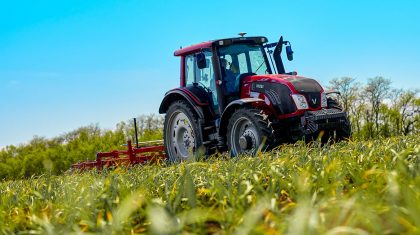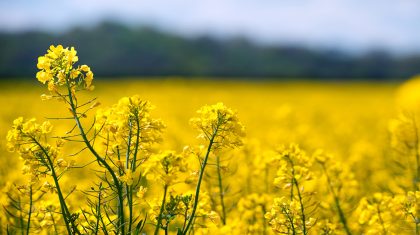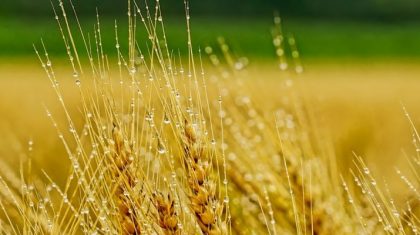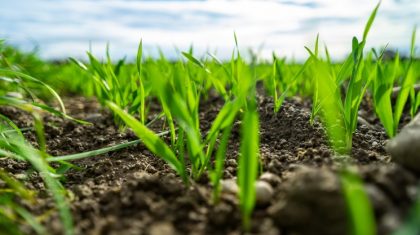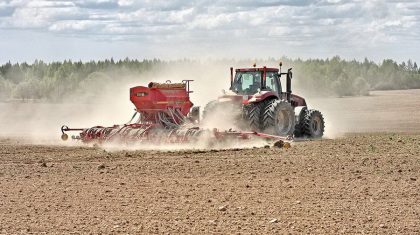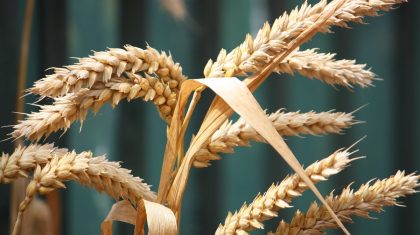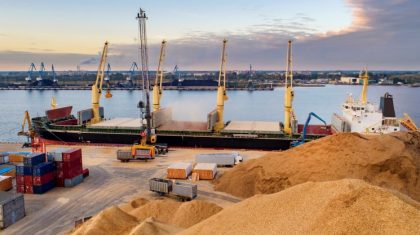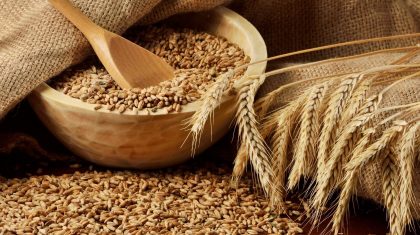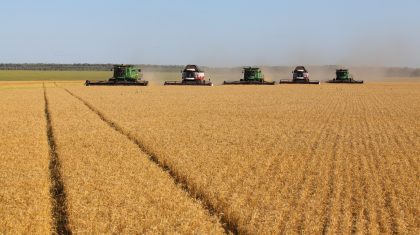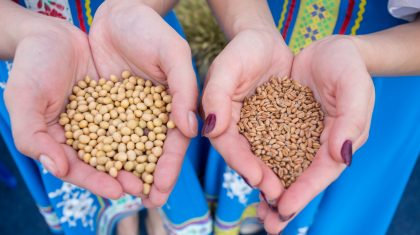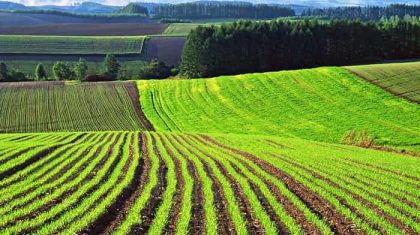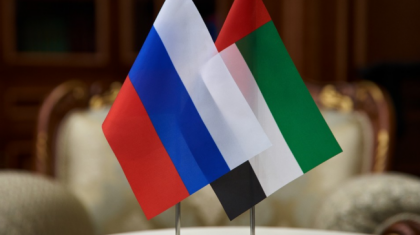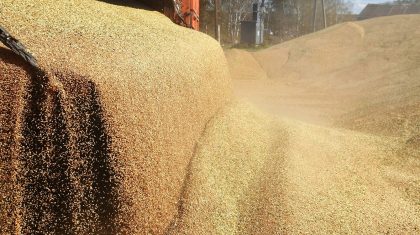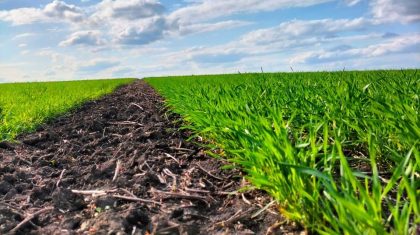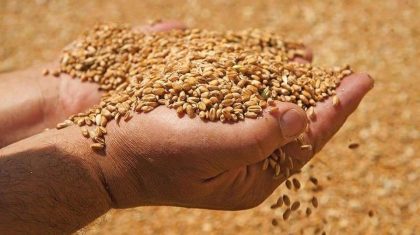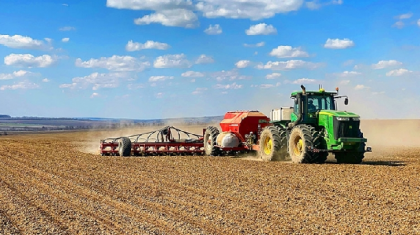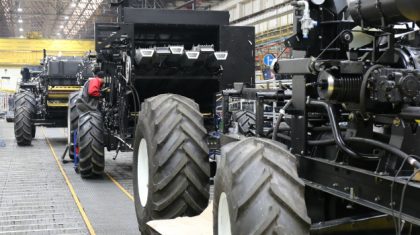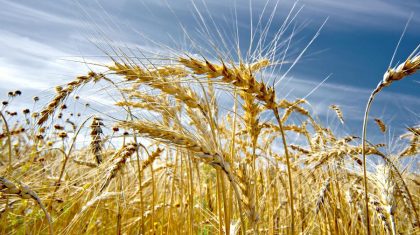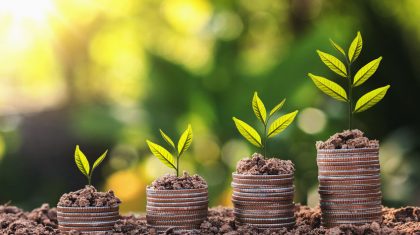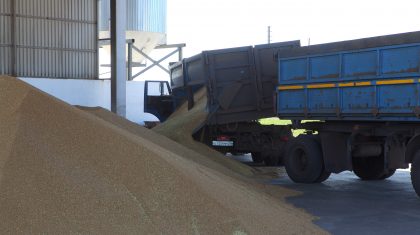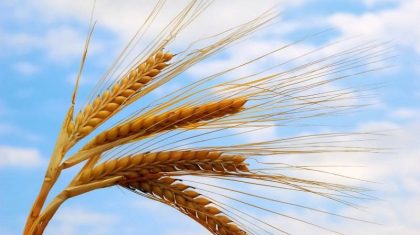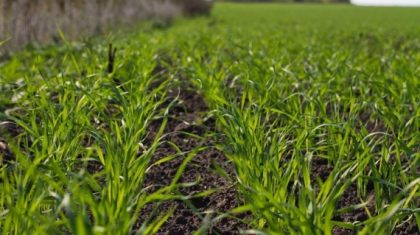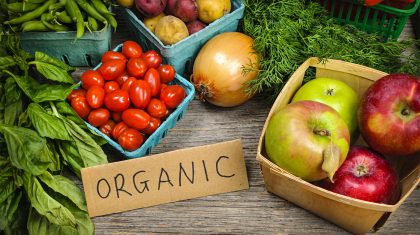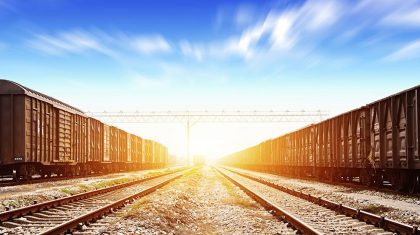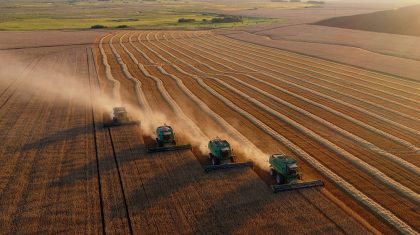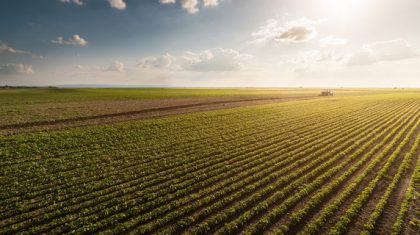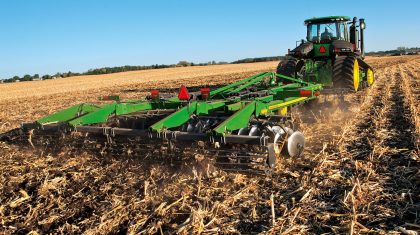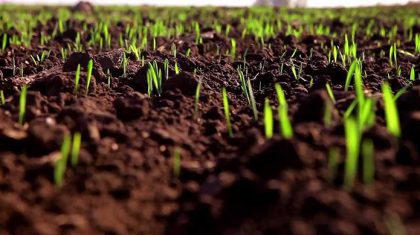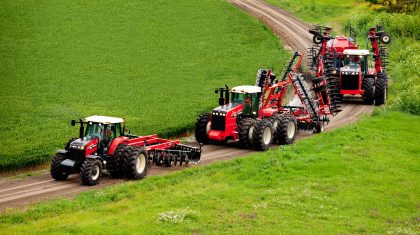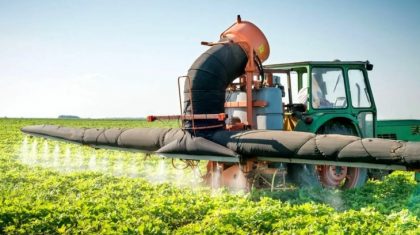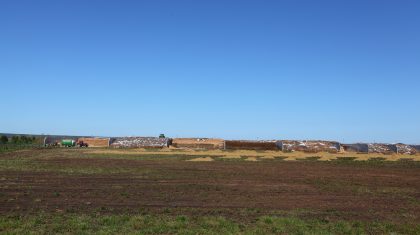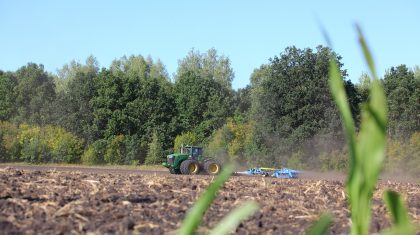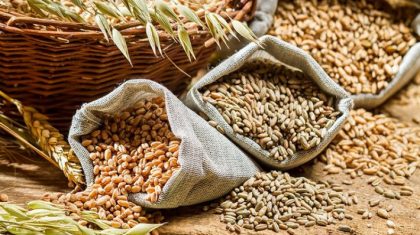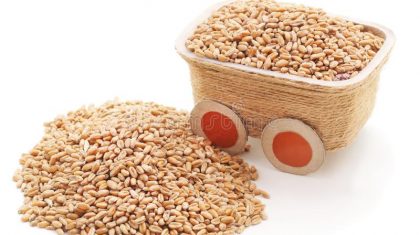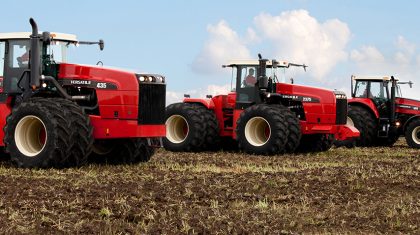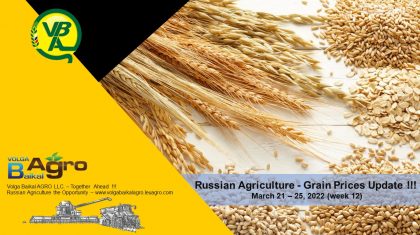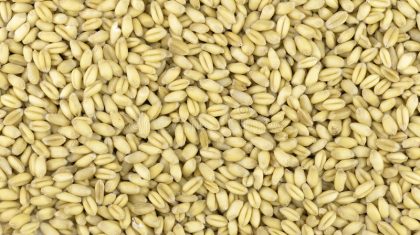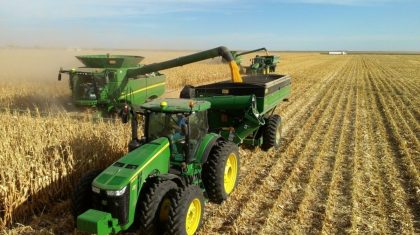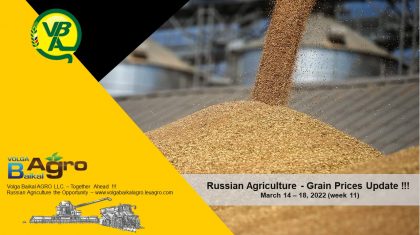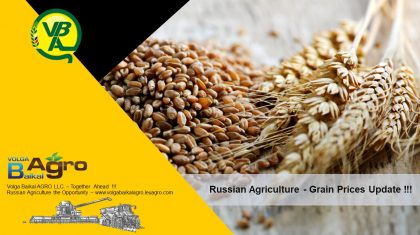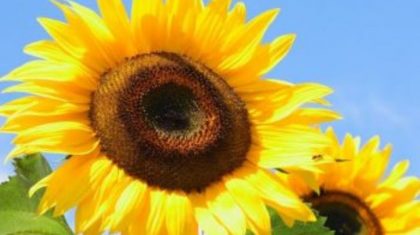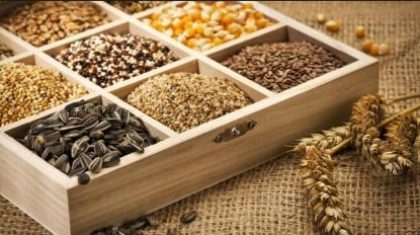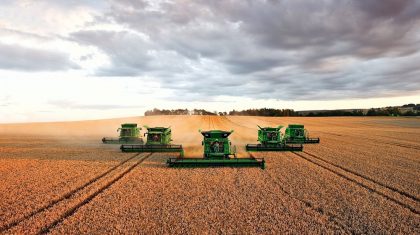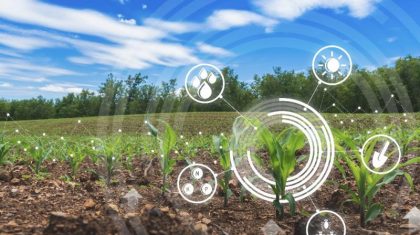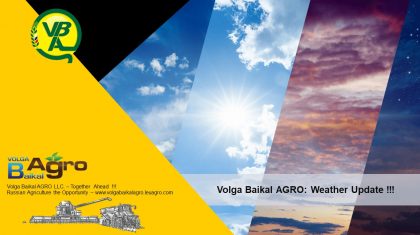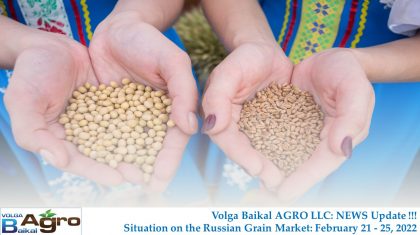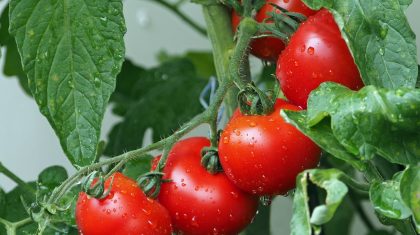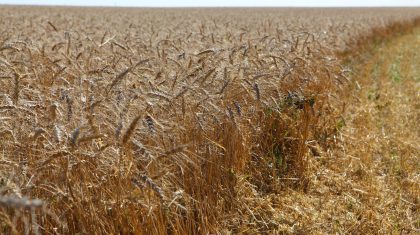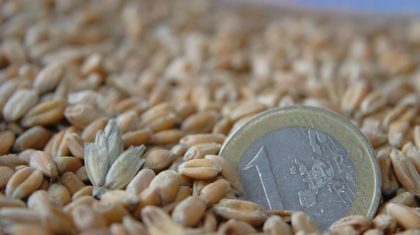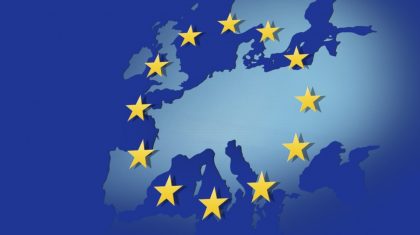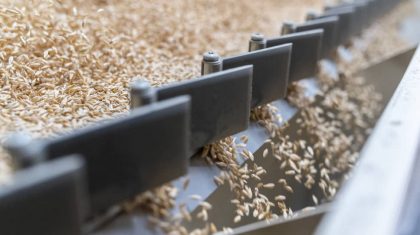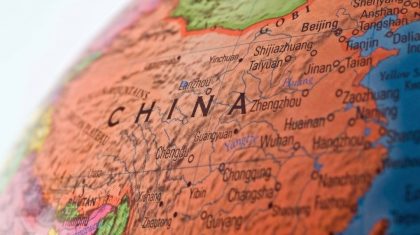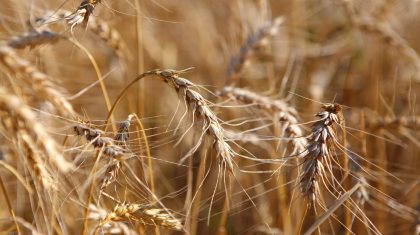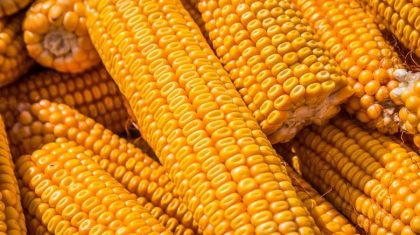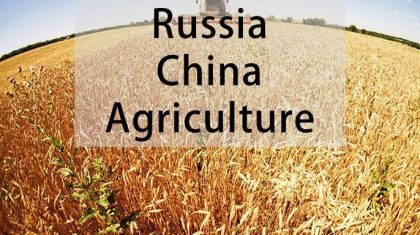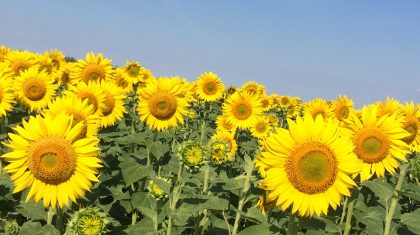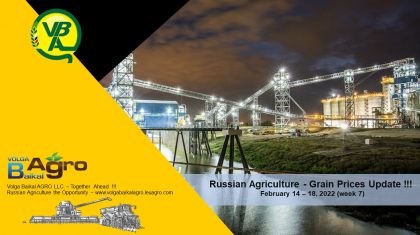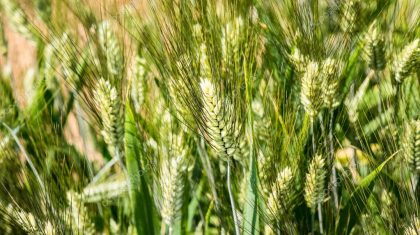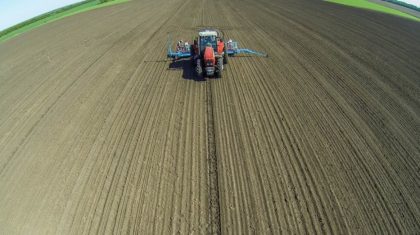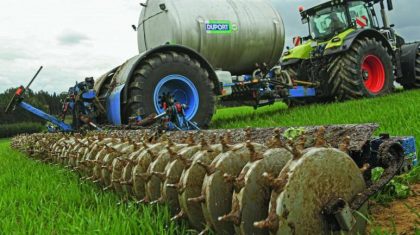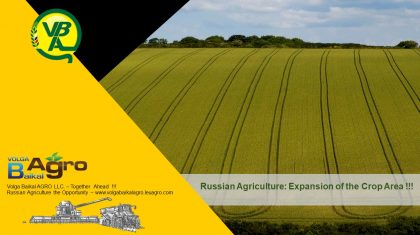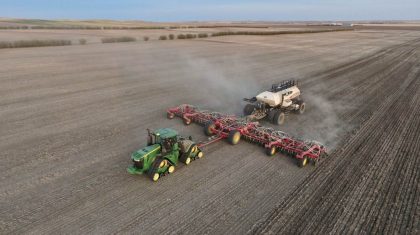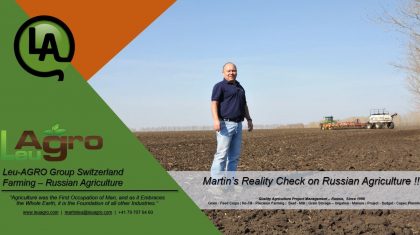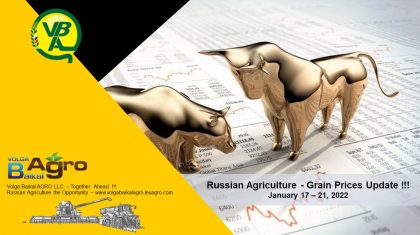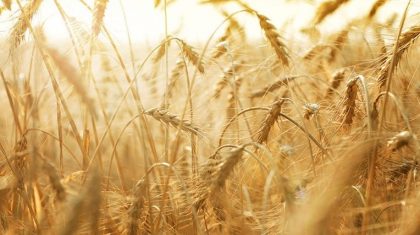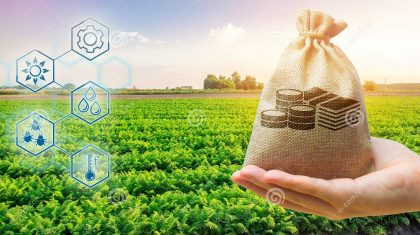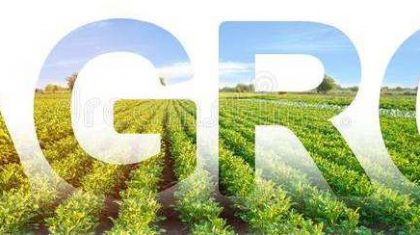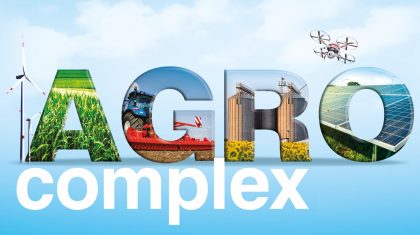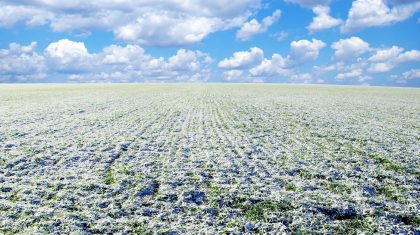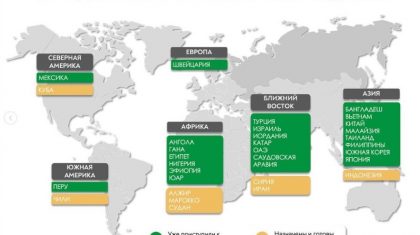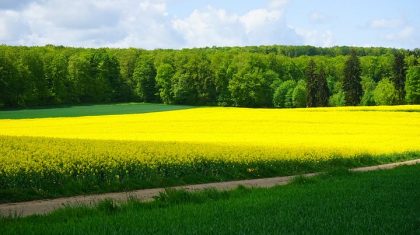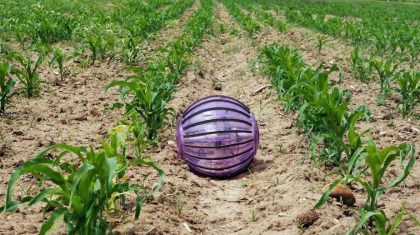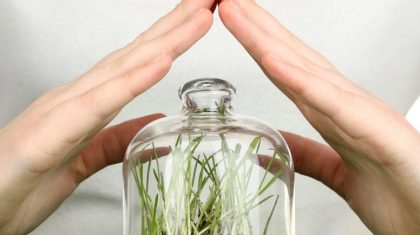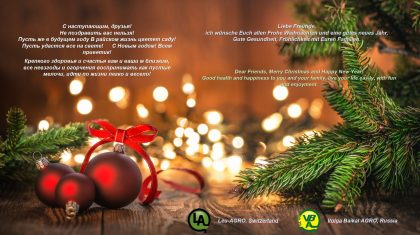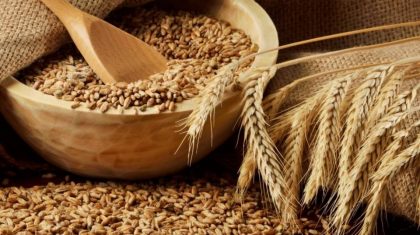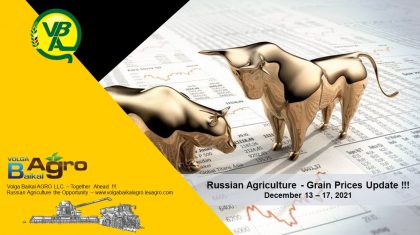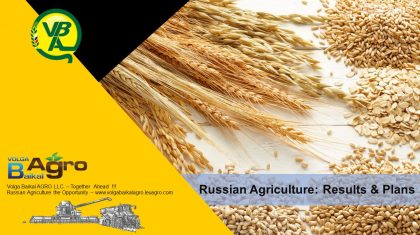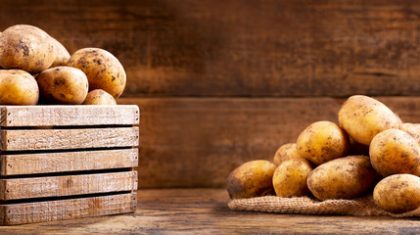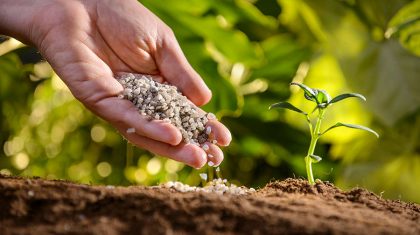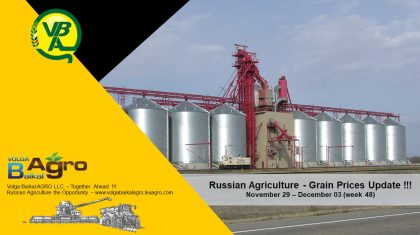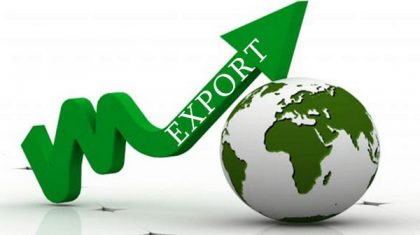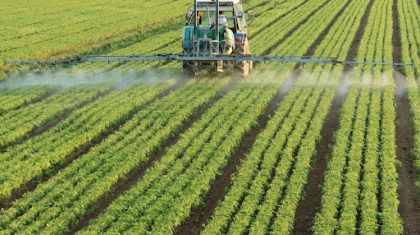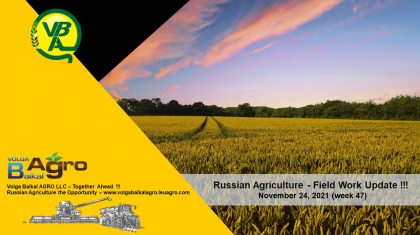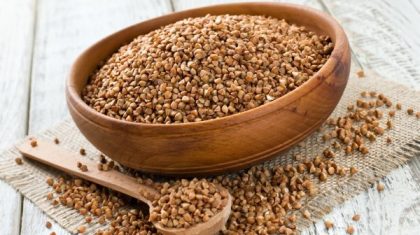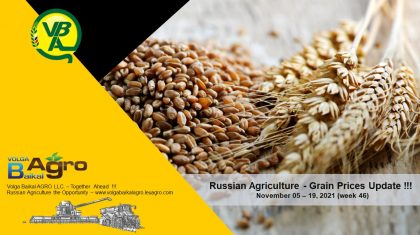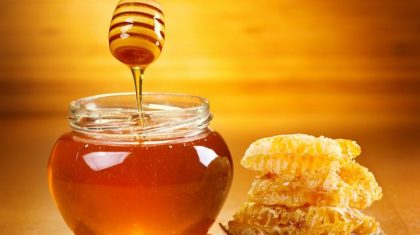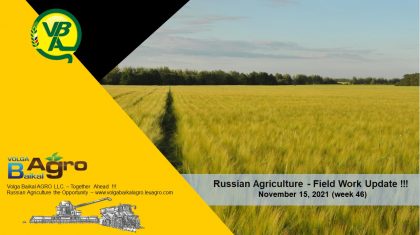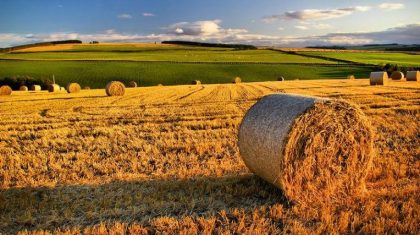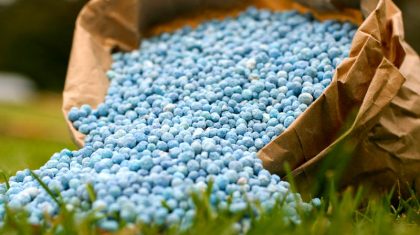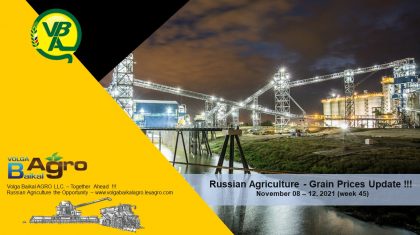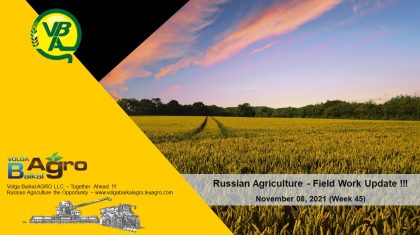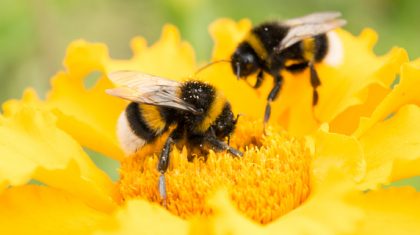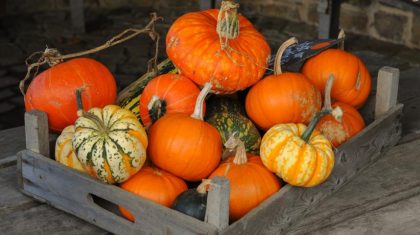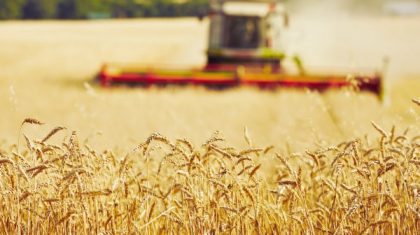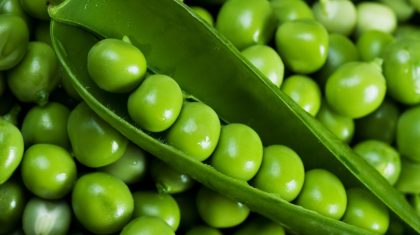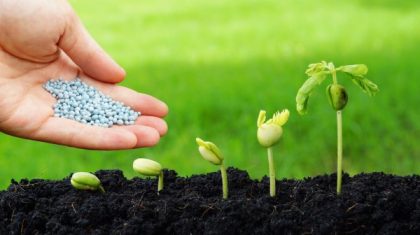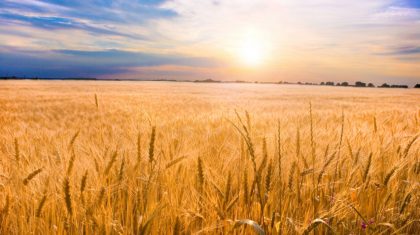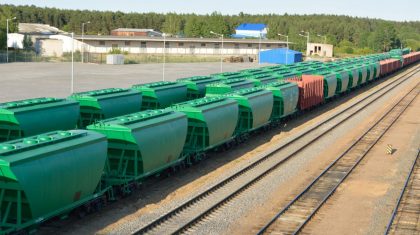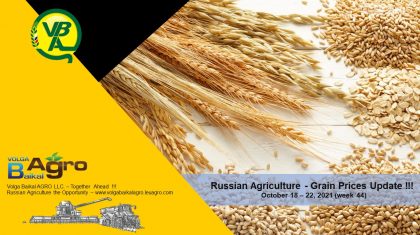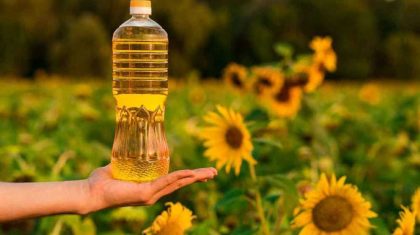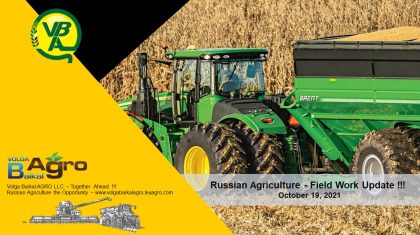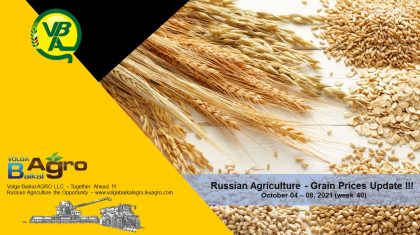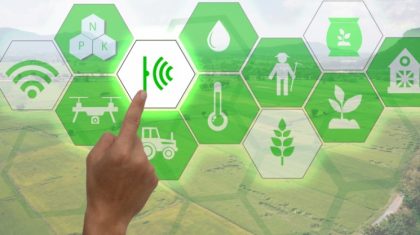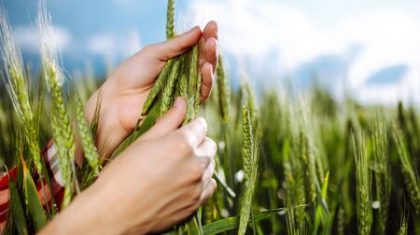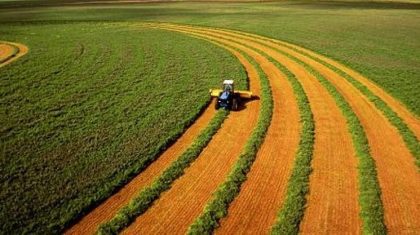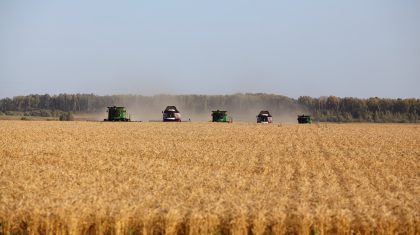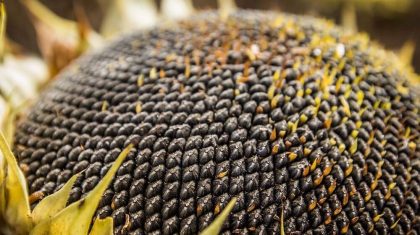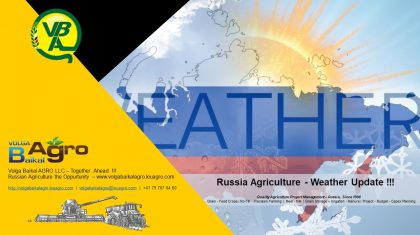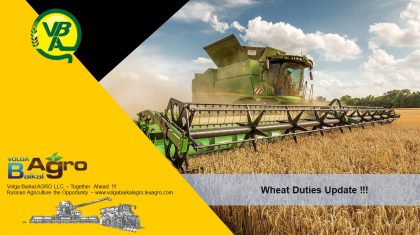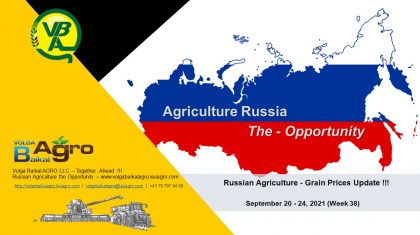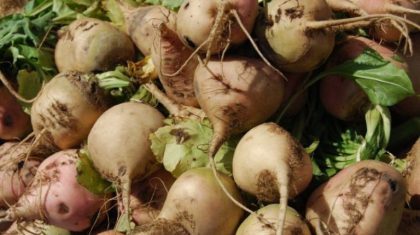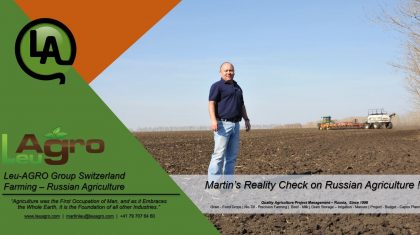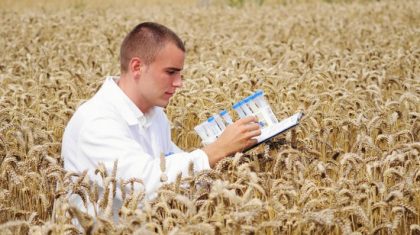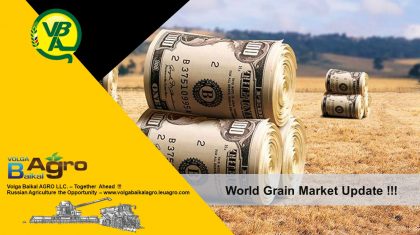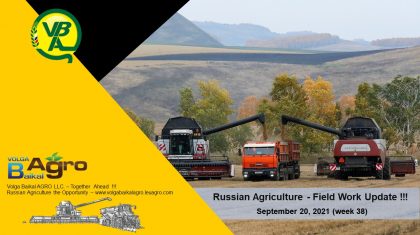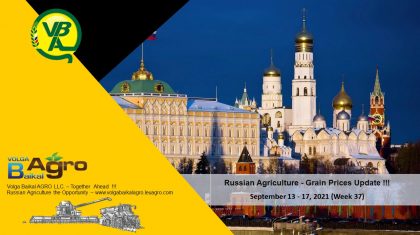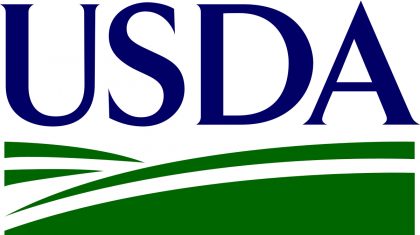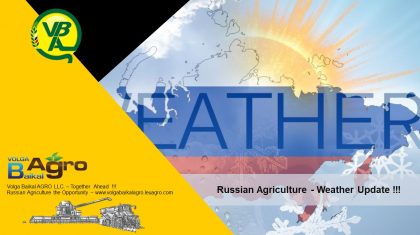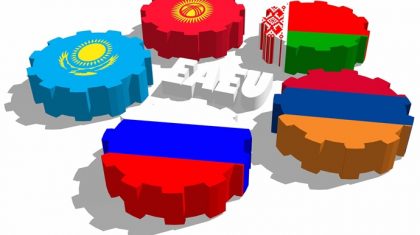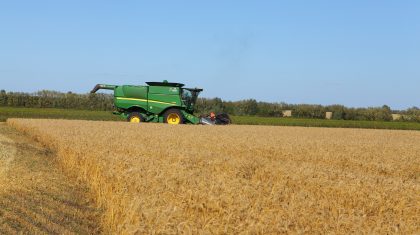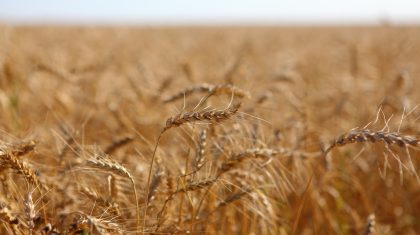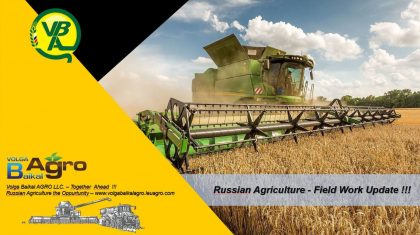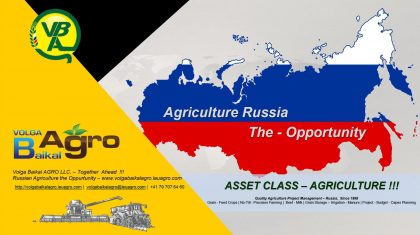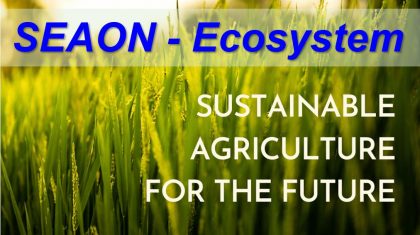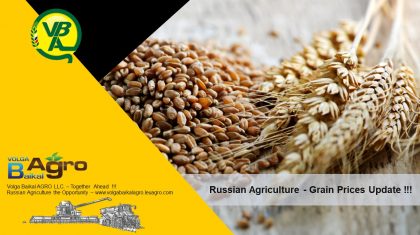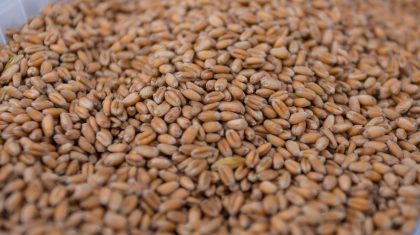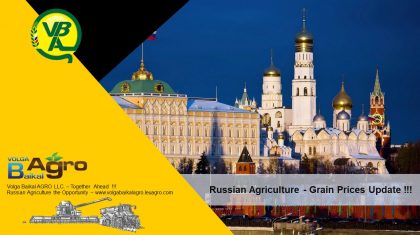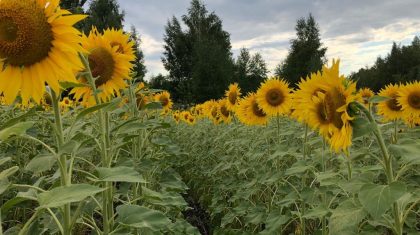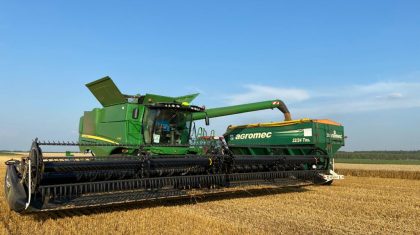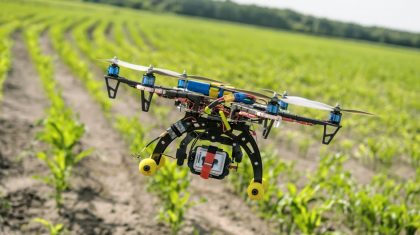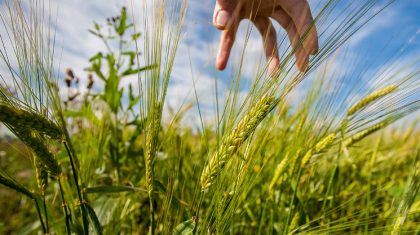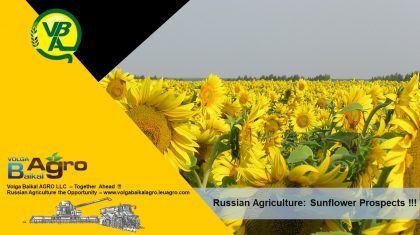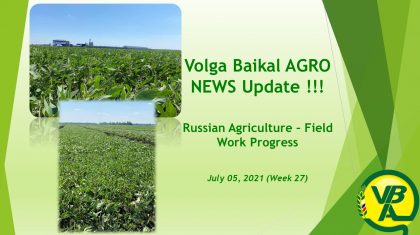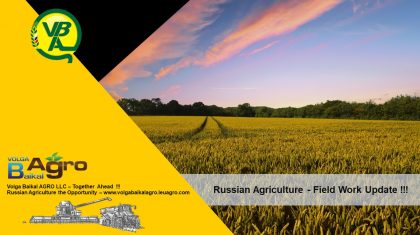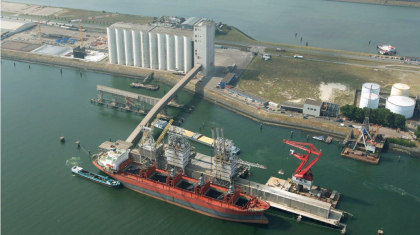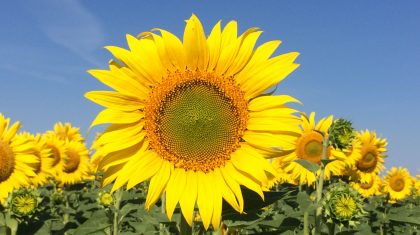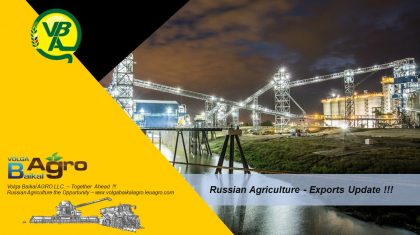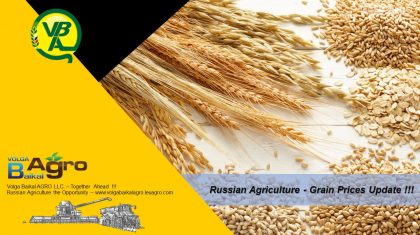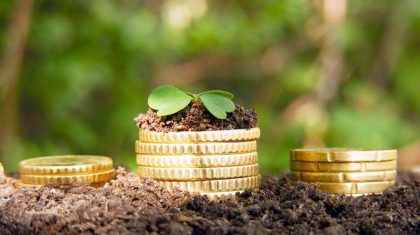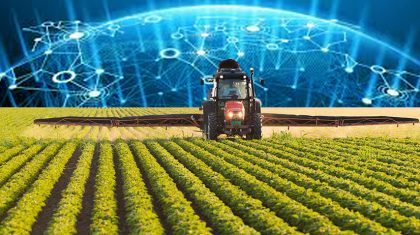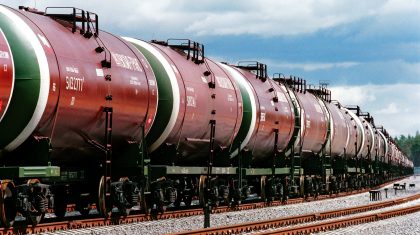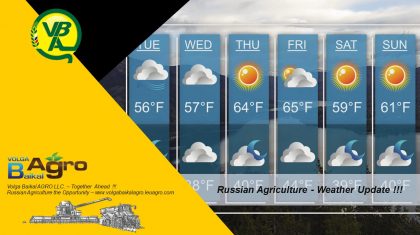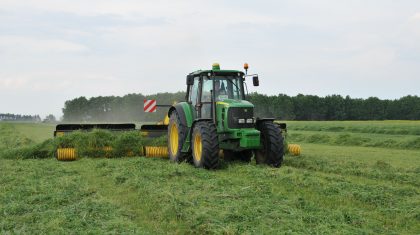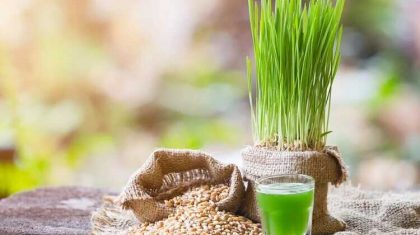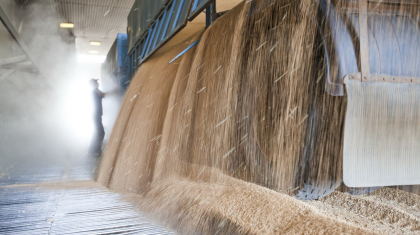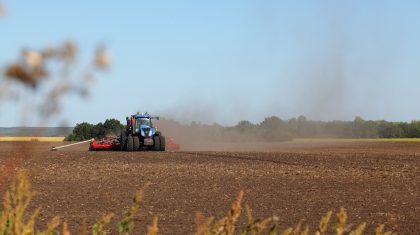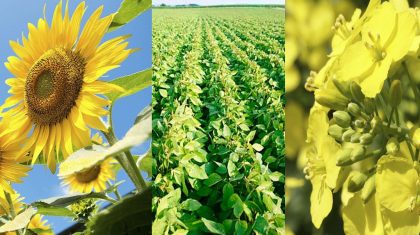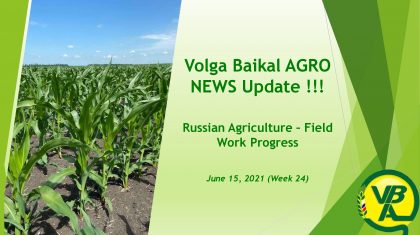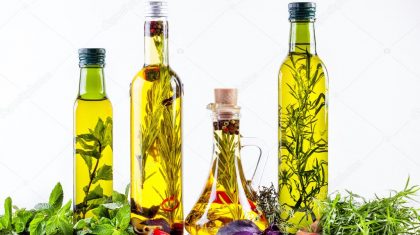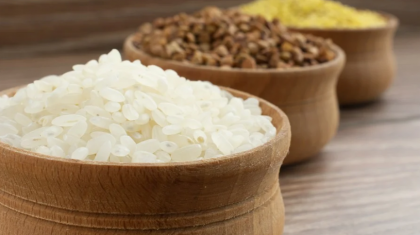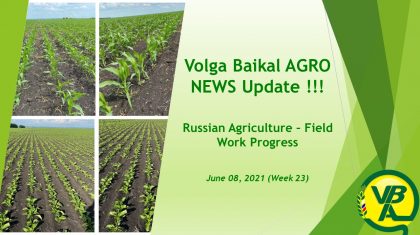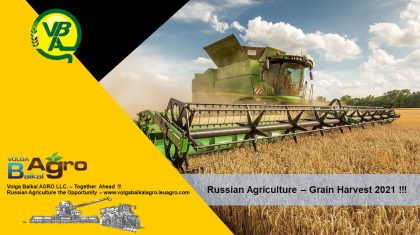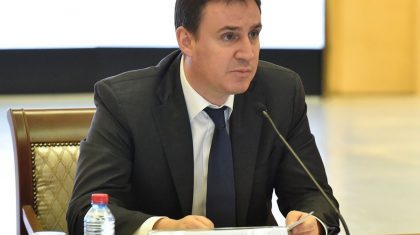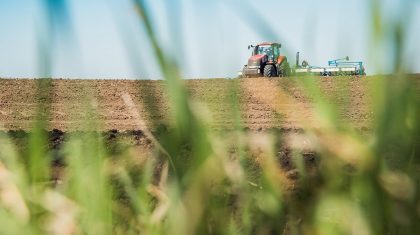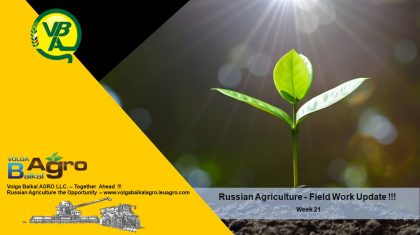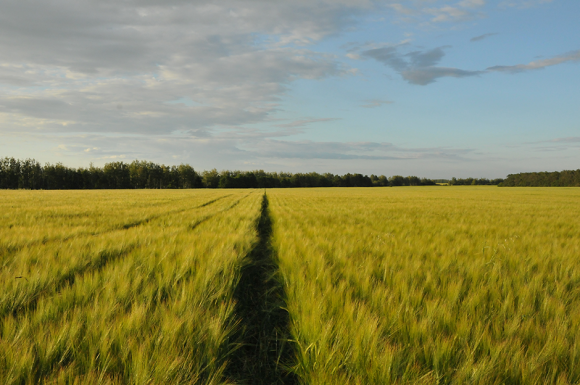
Volga Baikal AGRO NEWS Update on Results of the Russian Agricultural Sector !!!
Virous knockdown for the economy: the agricultural sector was able to stay in the black!
Unlike the global economy, which in 2020 went into negative territory against the background of the spread of coronavirus and related quarantine restrictions, agricultural production in general passed all the tests of 2020 with dignity, including absolutely new challenges. However, the most serious problem — the global fall in effective demand – can affect business for a long time, including curbing exports.
This year has been an endless series of shocks, challenges and force majeure for the global economy, which have not spared the Russian agricultural sector. But, nevertheless, the industry is holding up well. Thus, according to Rosstat, agricultural production increased by 3.3% compared to the same period last year. At the same time, the country’s GDP decreased by 3.6%.
Agricultural sector as a synonym of stability
The work of the agricultural sector, unlike a number of other industries, did not stop, and in general, according to experts and market participants, it coped quite successfully with the new challenges of this year. President Vladimir Putin and members of the government have repeatedly noted the importance of the agro-industrial complex and its smooth functioning.
The main challenge is falling demand
The agricultural sector was less exposed to the negative effects of the pandemic than other sectors of the economy and passed the first months of the crisis better than other sectors. However, the main consequence of the crisis caused by the COVID-19 pandemic is a decline in consumer demand and solvency, which can be prolonged. The change in consumer preferences is associated with two main factors: self-isolation and a decrease in the population’s income.
Although this in itself is not a new challenge for the industry — and even a continuing trend, since household incomes and consumption have not yet recovered from the last crisis — but now the main problem is the unpredictability of further dynamics, since it will largely depend on the situation with the pandemic. According to the forecast of the Ministry of Economic Development, real disposable incomes of the population may decrease by 3% this year. The main risk factor in the consumer market is a decrease in demand, the transition of buyers to cheaper goods, weak growth of margin innovative / fashionable product categories.
The ruble weakened again
Another quite familiar challenge for the industry, also partly provoked by the COVID-19 pandemic, this year was the devaluation of the ruble. At the exchange rate of the Central Bank on November 14, the dollar was worth 77.33 rubles, the euro-91.32 rubles. A year earlier, at this time, the dollar exchange rate was at the level of 64.2 rubles, the euro-70.67 rubles. Brent crude for the year fell from $62.25 per barrel to $43.42 / barrel, and in April it fell to $20.18 / barrel. The weakening of the ruble has had a contradictory impact on the agricultural sector, says Dmitry Rylko. On the one hand, it was beneficial to the current activities of all industries whose products are connected with the external market, in particular to producers of grain and oilseeds. On the other hand, industries related to the supply of means of production from abroad suffer, as they have experienced a serious rise in price. The situation is particularly difficult with imported spare parts, he notes.
Despite the fact that the devaluation of the ruble has a positive impact on the competitiveness of Russian enterprises, for a number of sectors that depend on imported means of production, the result of the weakening of the ruble was an increase in production costs, agrees Selezneva. As a result, prices increased in sectors where cheaper imported products were a deterrent, as well as due to the appreciation of the currency component in the cost of production.
Low rate is not a driver of investment
This year, the Central Bank has cut its key rate three times, in mid — November it was 4.25% – a new low in the cost of borrowing in Russian history. However, this factor has had little impact on the agribusiness companies, since loan rates in the agricultural sector are already among the lowest on the market, says Selezeneva. In general, according to her assessment, the situation is now comparable to last year: some manufacturers have cautiously resorted to borrowing, while companies that are confident in their business model have increased their loan portfolio.
“For investors, the current situation is a good window of opportunity, and a number of mergers and acquisitions can be expected in the agro — industrial complex,” Selezneva said. – For new investors, the sectors focused on export or import substitution will remain attractive — there is already a trend of the arrival of non-core players in the agro-industrial complex. Existing players are likely to consider vertical integration opportunities or buy competitors at a bargain price with the potential for modernization.”
In two quarters, investments in the agricultural sector increased by 10%. However, this is a delayed growth-the effect of investments of previous years is taken into account by Rosstat gradually, explains Snitko. Also slightly affected by the fact that the prices of investment goods rose due to the weakening of the ruble. “It seems to me that the decline in the indicator will be noticeable in the fourth quarter of 2020 and in 2021,” she says.
In a crisis situation, uncertainty is growing, so investments in its acute phase are always restrained, the expert continues. Although the reduction in the cost of money is intended to encourage investment in future expansion of production. “Judging by the fact that there were few major greenfield projects in the agricultural sector in 2020, investors are still cautious. As we emerge from the crisis and control the pandemic increases, investment should begin to gradually recover, ” she said. However, there are no such large investment ideas as in 2005-2018, when the development was aimed at import substitution, in the agricultural market now, Snitko adds.
Export and digitalization as growth points
According to Nadezhda Selezneva, export will continue to be the key driver of growth in the agro-industrial complex. At the same time, its structure is changing towards an even greater share of raw materials with low added value (cereals, fish, sunflower oil), which is associated with a decrease in global effective demand and increased competition, she notes. Ilya Strokin, Director of the KPMG Agribusiness Competence Center in Russia and the CIS, also notes the activation of the export agenda both for companies already working in this direction and for those who have not previously thought about foreign markets. “This is also due to the development of state institutions that support exports and open foreign markets for Russia, as well as the emergence of positive cases of entering new markets for players in the Russian agro-industrial complex,” he explains.
However, the Ministry of Agriculture in November prepared an updated version of the passport of the federal project for the export of agricultural products. Now the achievement of the target for the supply of agricultural raw materials and food abroad for $45 billion is postponed from 2024 to 2030. The new target for 2024 is $34 billion.
KPMG also sees many initiatives to optimize business processes and digitalize them, which, according to Strokin, is also due to the success of agricultural holdings-pioneers who were able to show their effectiveness. The COVID-19 pandemic has accelerated trends related to structural changes in the industry: diversification of supply chains (both from suppliers and from sales), increased vertical integration, reduced dependence on imported means of production, continued digitalization to optimize production costs, lists Selezneva. “As in all other sectors of the economy, this year the agricultural sector has increased interest in virtual platforms for interaction with customers and suppliers of means of production and services,” – adds Dmitry Rylko.
Now is a very favorable time for companies actively developing foreign economic activity, confirms Leonid Baryshev. “We are seeing an active growth of the foreign trade channel and expanding this area of activity: this year we increased the export component by 11% – this is 3.5 billion rubles, a rather serious amount in the context of Tatarstan export,” he estimates. “Moreover, we sell the final branded product that will compete in the future, thus creating a platform for selling our products with long-term contracts.”
Read more here: Agroinvestor.ru






